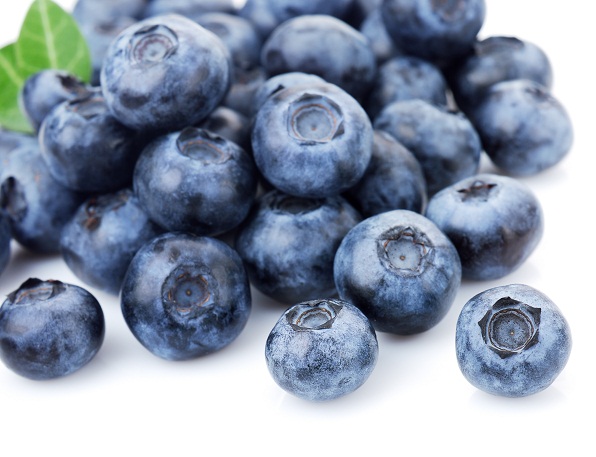New blueberry variety for U.K. growers in sight

Scientists in Scotland are confident they will breed and commercialize at least one new blueberry variety to grow in U.K. conditions within the next three to four years.

Speaking with Fresh Fruit Portal, Dr. Julie Graham from the James Hutton Institute explains how her team are making good progress towards breeding home-grown new varieties that produce large, high quality, dark blue coloured fruit in high volumes across Britain.
"We would hope to have at least one variety or more in three to four years because the breeding program has been going on for a while and we have a lot of material. Because we've done all of the preliminary studies of what grows well in the U.K. and what doesn’t, we’re hoping that all the crosses we’ve made should be crosses that are suitable for the U.K.," she says.
"The demand for blueberries has gone through the roof, it's just been phenomenal as people generally perceive blueberries to be really healthy.
"They are so easy and convenient because they store really well, they last really well and have lots of really positive factors - U.K. consumers simply love them."
Spurred on by the fruit’s popularity, Dr Graham and her team of researchers are working with growers in Scotland and elsewhere in the U.K. to explore what traits and characteristics the fruit needs to thrive. Specifically they are looking into higher yielding varieties that are more disease-resistant and grow well in Scottish soil and climatic conditions.
The research is part of a Scottish Government-funded program and if successful could mean less dependence on imports from blueberry-growing countries like Chile, Poland and Spain.
"We came up with some germplasms that work reasonably well and we decided that we really need to get a British based breeding programme specifically for breeding blueberries for the U.K. where obviously the conditions are quite different. We have a range of funding to help support the program," she says.
"We’ve been developing a genetics linkage map, like a picture of all the plant chromosomes with markers along them that relate to particular genes and characteristics.
"By having this information, as well as physically looking at the plant, we consider aspects like ‘how does it behave in a particular environment?’, ‘What is the fruit quality?’, ‘What does it look and taste like?’ We also breed for these markers because you know these markers are associated with particular traits."
Dr. Graham is using new technology to develop a really saturated map with "thousands and thousands" of markers as opposed to hundreds which used to be the case with molecular breeding.
"When we were working with the growers trying to look at what germplasm was good across the UK, they were highlighting a big issue they have in terms of yield stability; they are seeing big variations in yield from season to season with no real explanation about what is causing that variation," she says.
"We’ve been trying to identify some of the key factors that are regulating yield in blueberry and some of the findings from that are quite interesting because we’re seeing that light levels are really important.
"There are all sorts of things that we didn’t know about before the new technology that is now informing the breeding programme. For example we now know that blueberry can only cope with a certain level of light and above that level actually has no benefit. This means we can try to breed varieties that use the light more efficiently."
The research also uses imaging technology via a field platform that has several cameras attached to it which look at wavelengths that are usually undetectable.
"This is telling us a bit about things like water stress and disease stress. It works like an early warning system which means we can then advise the growers when the blueberries do not have enough water, when the fruit has too much water, when the PH isn’t right or whether they have got a disease," she says.
Blueberry production has grown 10% in Scotland in the last year and U.K. growers in general are eager to plant more, while continuing to work with the research team to trial new varieties. Forecasts look optimistic, according to Dr. Graham.
"Once the bushes are in the ground, if a grower gets them established then they really take off. We’ve got 50-year-old bushes in Scotland and the yield coming off them is phenomenal so if you can get a variety that works well and you get it established and you look after it, these bushes will be viable for a long time," she says.
"We’ve already seen a massive increase in production in Scotland, but the issue in Scotland, and also other parts of the UK, is a lot of the soils that the fruit growers traditionally grow their crops in have become contaminated with root rots and other things.
"They were finding that they couldn’t grow raspberries or strawberries in the field any more and they needed something to put in and blueberry is what they all started to plant because we were importing around 99% of our blueberries in the U.K. up until just a few years ago. The producers saw it as a real growth area where they could still maintain their fruit farms."
Photo: www.shutterstock.com








































